Many businesses make the mistake of presenting a new product to their customers without determining a strategy for launching it. This can result in several issues, such as financial loss and ineffective product promotion.
What makes for a successful product launch?
Successful product launches result from thorough planning and research conducted by a team of reliable, experienced marketers. In this article, I’ve created a product launch guide to give you the essential information that’s required for effectively launching a product.
Table of Contents
How Can You Establish a Product Launch Plan?
No product launch should begin without a proper plan in place. You need to establish a strategy for how you’ll be presenting your product and to what kind of audience. Here are some successful product launch tips:
Product Launch Tip #1: Know Your Product
Your product plays a starring role in your first product launch, which means that it’s the most important aspect.
Therefore, you need to have in-depth knowledge about your product and what it offers. It’s only then that you can present its best features to your audience.
You need to answer questions like:
- How does it fill a demand in the market?
- How will it benefit potential customers?
You need to develop a product that will connect with enough people so that it becomes financially viable.
It’s important that your product satisfies the needs of consumers on multiple levels, including quality, functionality, and price.
It basically needs to be a product that sells itself. Skype is an excellent example of such a product. Despite the occasional company-related press release or announcement, you’ll rarely see ads for the service.
Yet Skype’s user base grew from 10 million in 2004 to 60 million in 2005.
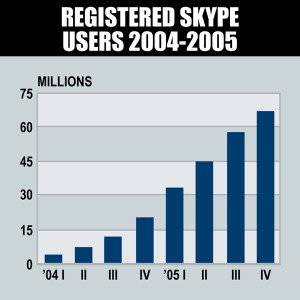
Skype is able to achieve this by making constant improvements in the quality of its voice and video calling.
By enabling people to place international calls at highly reduced rates, they’re providing something much better than traditional phone companies.
Such tactics ensure that the product is satisfying the needs of a huge customer base on a constant basis.
To identify the features that your customers are most likely to benefit from is the first part of successful product launch tips. You can then highlight these features efficiently when launching and promoting the product.
Product Launch Tip #2: Research Your Competition
There are numerous products in the market being offered by a large variety of businesses. So you and your product will undoubtedly be up against some competition.
So, how can you make your product a success?
Know the strengths and weaknesses of your competition. Conduct research to see how your product is measuring up.
By understanding the strengths of your competition, you’ll be able to know what gives them an advantage over you. This essentially helps you devise improvements and get ahead of them.
Knowing their weaknesses also allows you to capitalize on the areas where your competition is at a disadvantage.
For example, the Apple iPhone revolutionized the entire smartphone market because one innovative marketer knew his competition well.
Steve Jobs capitalized on the fact that consumers were completely dissatisfied with existing mobile phones.
Apple developed an intuitive, expertly-crafted product with a solid design and an emphasis on quality. 2007 marked the introduction of the first touchscreen interface.
iPhone sales grew from 1.39 million to 11.63 million in 2008. By 2015, Apple had sold more than 231 million iPhones.
How can you better understand your competition?
Make a list of companies selling a similar product to the one you’re planning to launch.
Note down all the strengths and weaknesses of each of these companies and their respective products.
It’s also important to find out how your competition is marketing their products. Eventually, you’ll discover how to promote your product in such a way that beats the competition.
Product Launch Tip #3: Define Your Audience
Along with your product, your audience plays another major role in this product launch guide. This is because you won’t know how to design marketing strategies to promote your product launch without knowing your target audience.
To define your audience:
Focus on those consumers who are most likely to buy your product. If you already have an existing customer base for an older product, start from there.
This is key if you’re expanding on an existing product. Get to know your target audience by finding out their needs and surveying what they love or hate about the current product.
Before Adobe dived into the digital marketing world with the Adobe Marketing Cloud, they first got to know their target audience.
They conducted a study known as The State of Online Advertising with the help of research firm Edelman Berland. This helped Adobe understand the challenges faced by their target audience.
They ended up achieving a 45% increase in direct sales inquiries.
Product Launch Tip #4: Build a Unique Selling Proposition (USP) and Unique Value Proposition (UVP)
Now that you’re aware of your audience and what they need, your next step is to establish the reason why they’ll want to buy from you.
What will they get after purchasing your product that’s better than your competition? You must establish a unique selling proposition (USP) and unique value proposition (UVP). This will tell your audience how your product is better and what value they’ll get in return.
In short, you have to present your product in a compelling way so that customers consider it a “must-have” product and get satisfied after using it.
Product Launch Tip #5: Promote Your Launch and Product
The entire point of this product launch guide is to avoid rushing into launching your product.
The best way to ensure a successful product launch is to make sure the product’s completely ready first. You should then create a product launch campaign once everything is prepared.
Come up with a strategy to promote both the launch and the product itself for creating a buzz.
You can create buzz for the product through ads, press releases, and social media campaigns. Come up with different marketing strategies for the product announcement. Your goal should be to promote the event in advance so that there’s sufficient buzz in the market.
In the case of PlanView, a portfolio management solution provider, the company was able to successfully launch a new decision-making platform.
They created buzz about the product by offering a pre-launch preview to existing customers. Their campaign involved inviting people to participate in a webinar and/or demo of the product.
The leading ice cream brand, Ben and Jerry’s, shows another excellent example of promoting new products.
The company uses a creative web design to build awareness about its latest ice cream flavors and give customers a reason to care. They also allow visitors to act on their interest by easily searching where to buy the new flavor from.
Ben and Jerry’s also makes optimal use of their social media accounts to create buzz about their latest ice cream flavors. Check out the image below for an example of how they use Twitter to make product introductions.
Avoiding Common Product Launch Mistakes
For about 75% of retail products and consumer goods, the first year of their launch doesn’t even manage to fetch them $7.5 million.
What does this tell you?
That it can be extremely difficult it can be to succeed when launching a new product. You’ve probably heard of several product launch failures and products that launched ahead of their time.
Below our product launch guide depicts a few examples of common launching mistakes you must avoid for success.
#1. The Apple Newton
Long before Apple’s success with the iPhone, Apple had its fair share of failures with products. First released in 1993, the Apple Newton is one of the biggest examples of those failures.
Not only did this product cost too much, there was a major flaw with its handwriting recognition software. Apple made the mistakes of launching the product before the software was fully developed and pricing it too high.
#2. The Nokia N-Gage
When Nokia launched the Nokia N-Gage in 2003, they hoped to present a breakthrough product to compete against the Game Boy Advance. The idea was to offer a handheld gaming console with full mobile functionality.
Unfortunately for Nokia, the N-Gage didn’t accomplish either. The phone interface wasn’t intuitive nor very user-friendly. Plus, the buttons didn’t suit gaming well because they were originally designed for phones.
#3. WebTV or MSN TV
In 1996, Microsoft launched the first consumer device that combined the TV and the Internet. It boasted a web-browsing feature and an email terminal that could be controlled using a wireless keyboard and remote control.
The limited functionality as compared to an actual computer could be the biggest reason for the product launch failure. The high initial cost of $349 with a $19.95 monthly subscription fee is also partly to be blamed.
These three popular examples of failed products show exactly what you should avoid when presenting a new product in the market. Nothing good can happen when a product is pushed into the market before it’s ready.
Some pointers to remember:
Never overlook quality issues just because you’re in a rush to beat a competitor who’s launching a similar product soon.
Never assume that there will be a need for your product. Instead, study the market and your target audience thoroughly to understand exactly what is needed and what is likely to succeed.
Keep in mind that our product launch guide isn’t infallible because some products simply fail from being too similar to other products.
If you’re going to succeed, you need to be a little different (and better) than your competition. You can’t just start offering the same product as everyone else and expect to sell millions. Remember, a successful product launch requires a solid product first.
Ready to Launch Your Product?
When it comes to a product launch guide, there are lots of factors that come into play in achieving success.
You don’t have to blow your entire budget into the launch itself if you plan carefully and instill an effective campaign strategy. Use the above successful product launch tips for your product.
Make certain you avoid the common mistakes to find long-term growth for your business.
Do you have any questions or need help with your product launch marketing? Feel free to get in touch with me and schedule a 30-minute free consultation now.

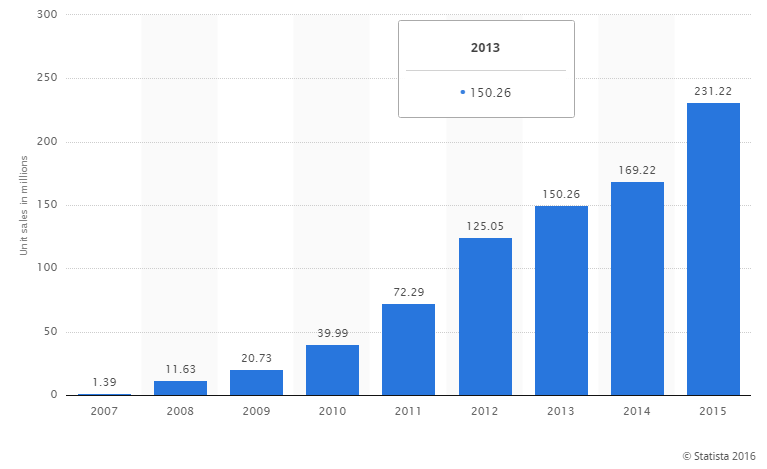

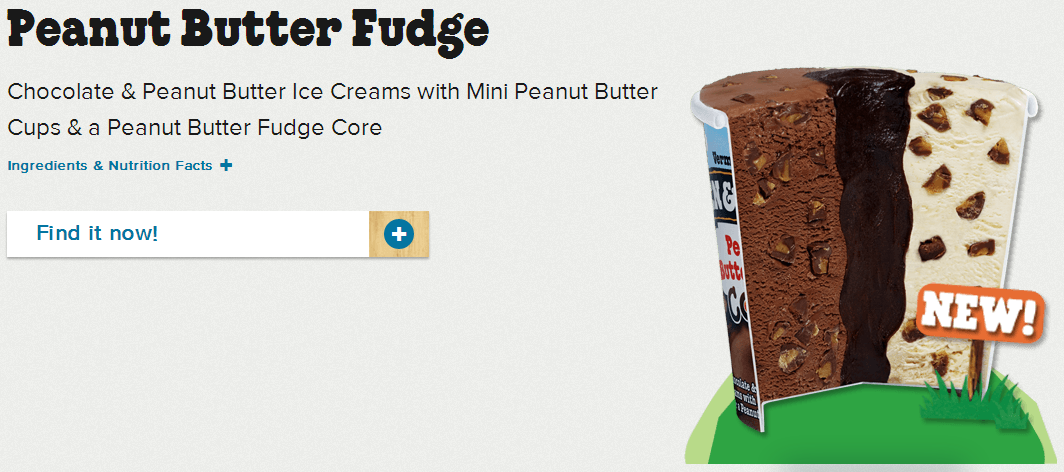
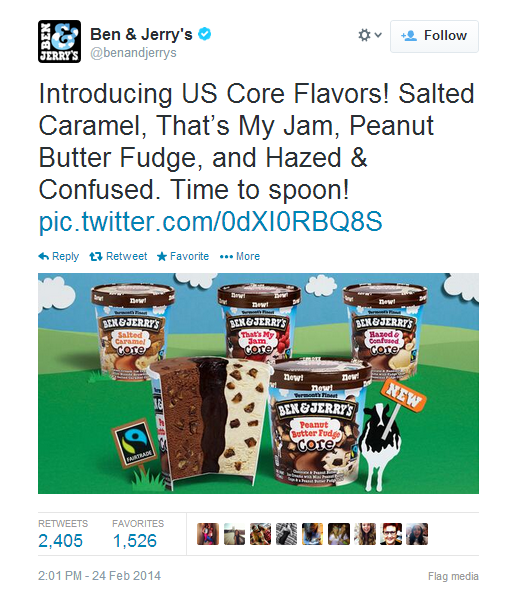
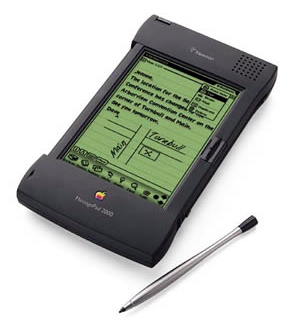
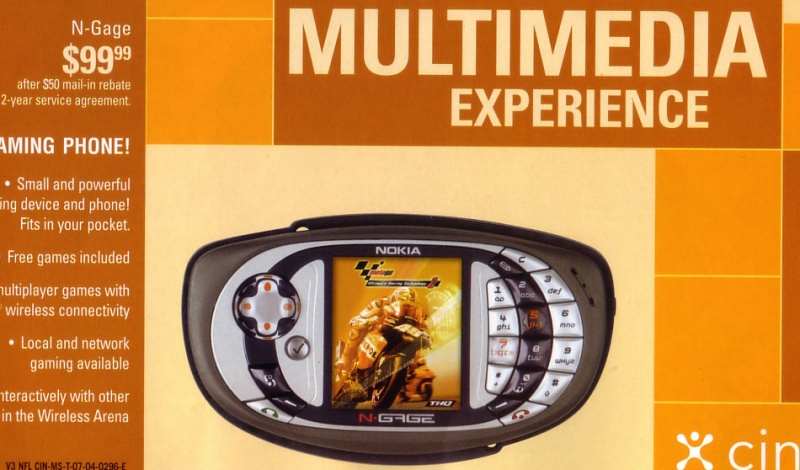
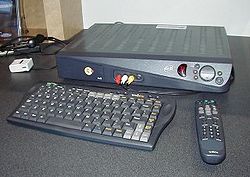
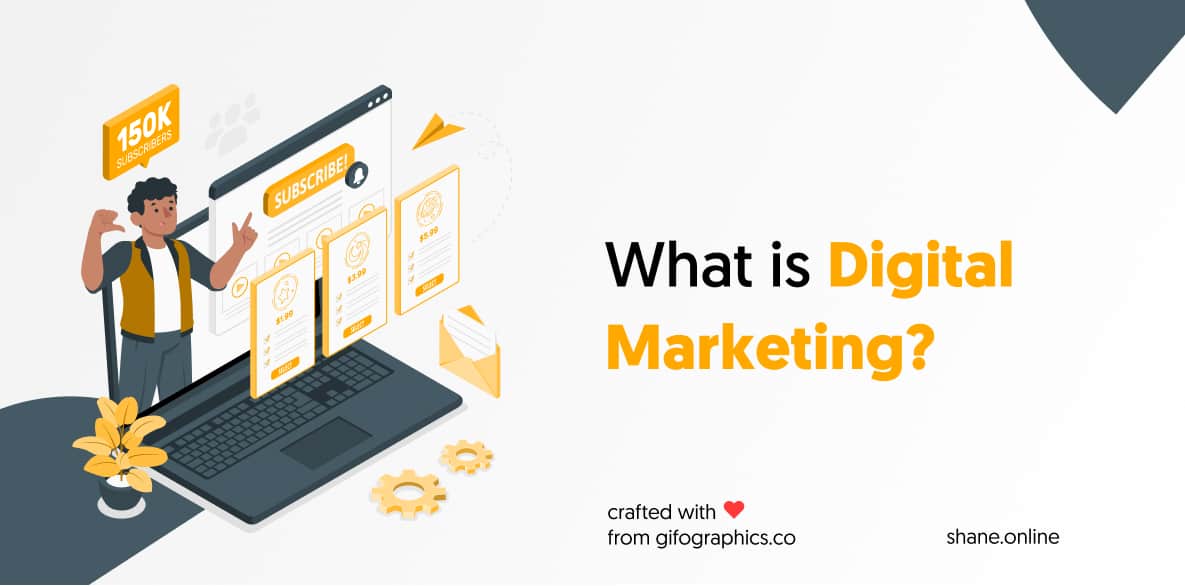
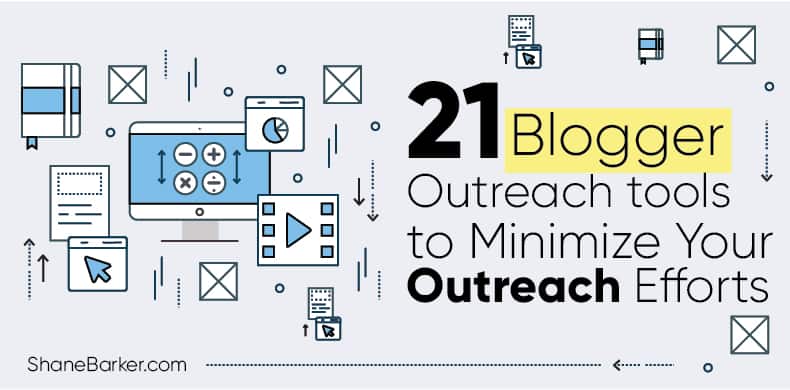

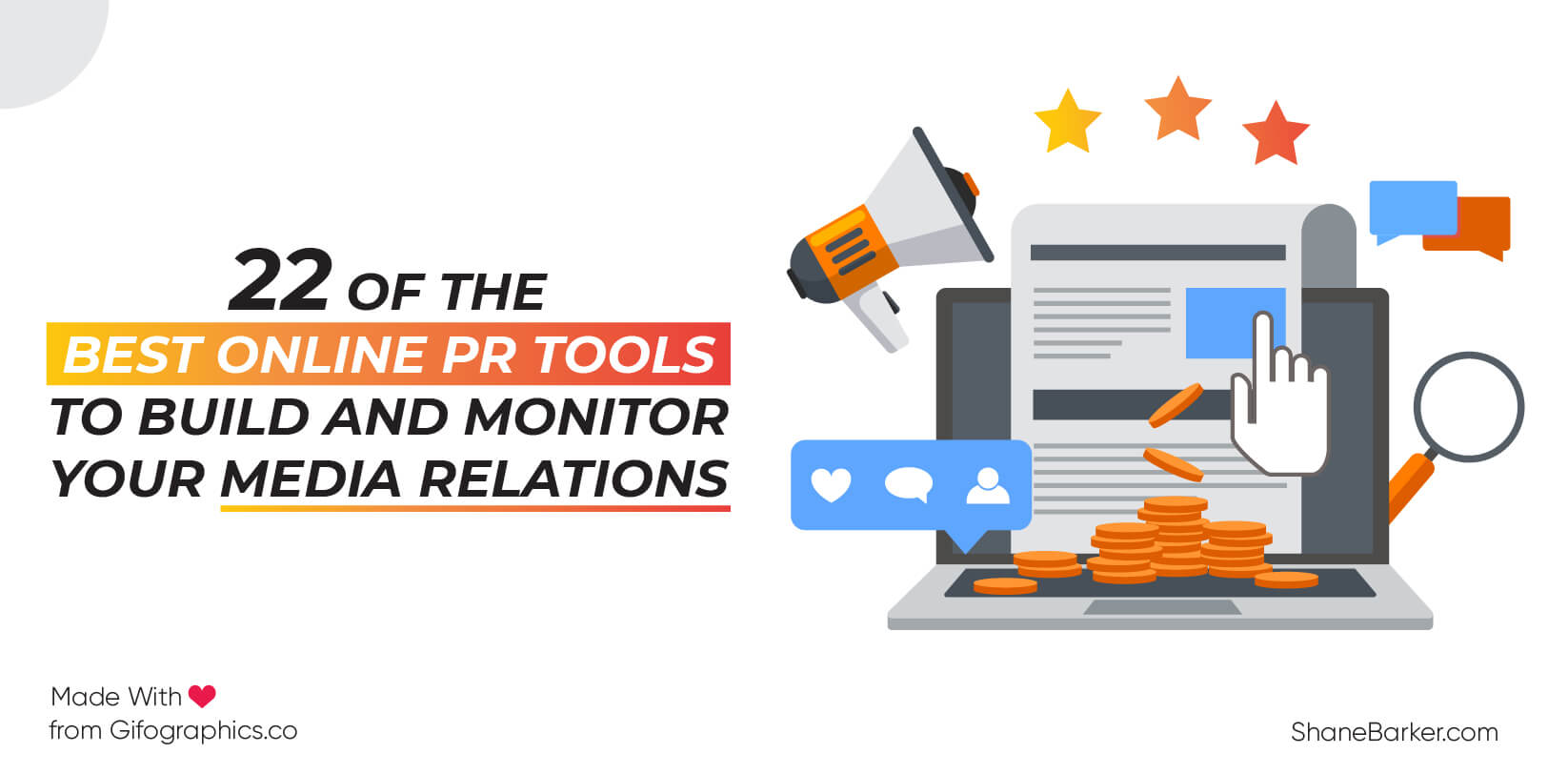
![digital marketing for startups: the strategies to use in [year] 21 best digital marketing strategies for startups](https://shanebarker.com/wp-content/uploads/2021/09/best-digital-marketing-strategies-for-startups.png)

It’s actually a nice and useful piece of info. Please keep us informed like this. Thanks for sharing.
Hey Shane, appreciate the advice, keep up the great work.
I’m glad you loved it. Thank you so much, your comment really motivates me to share more of such information.
Thanks for some really wonderful points in this article, I am going to use some of it for my business.
Hey Frank,
Thank you so much! I’m so happy you liked my post on successful product launch tips.